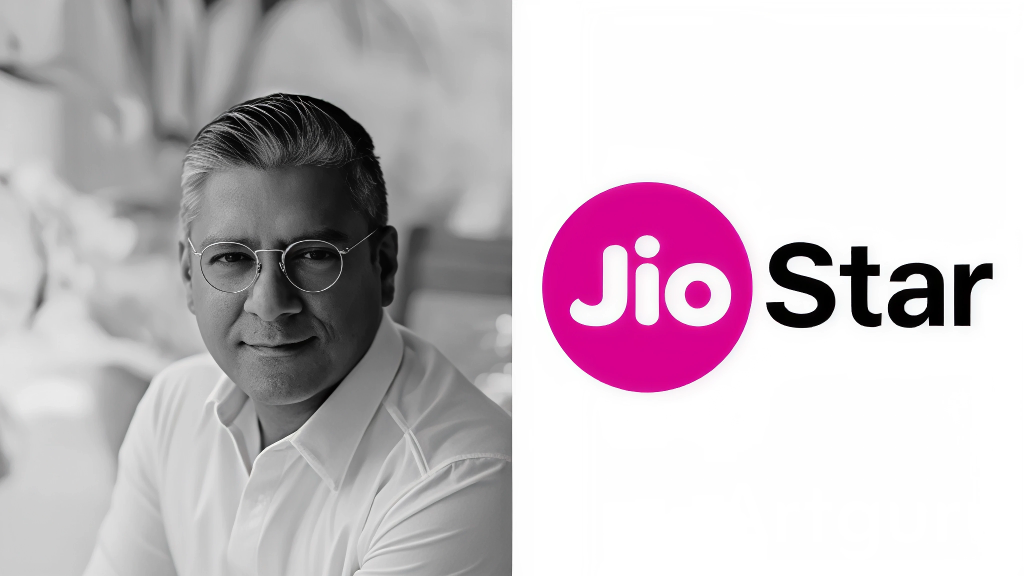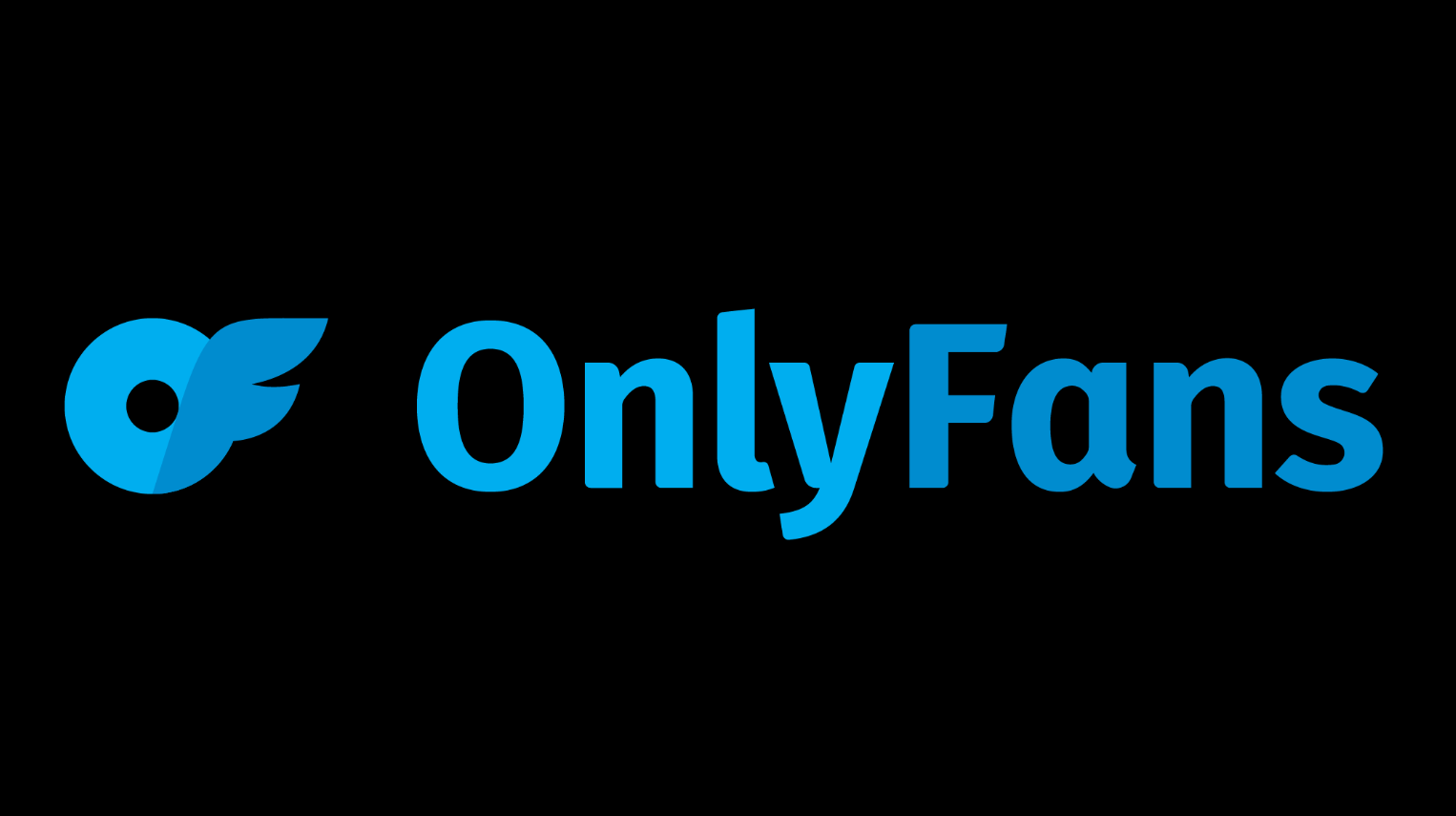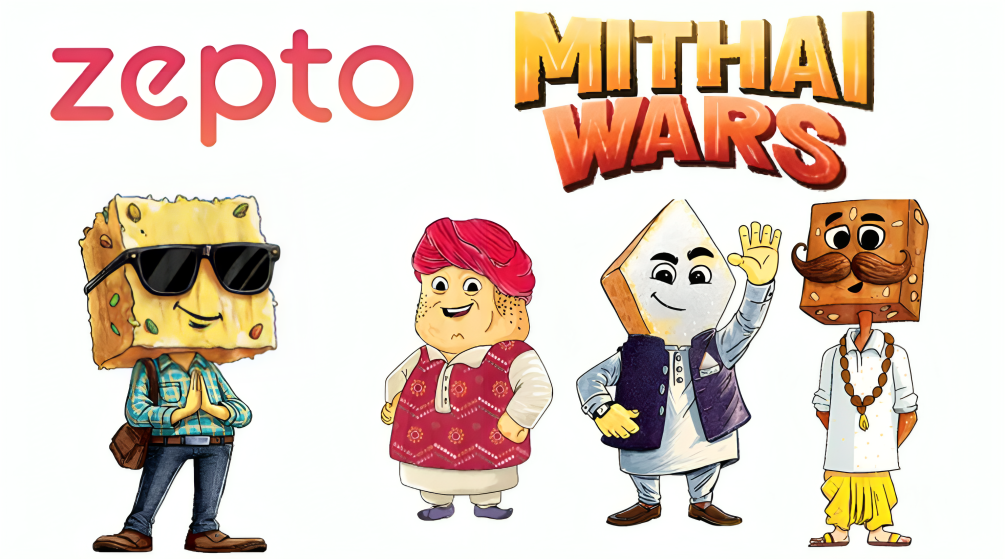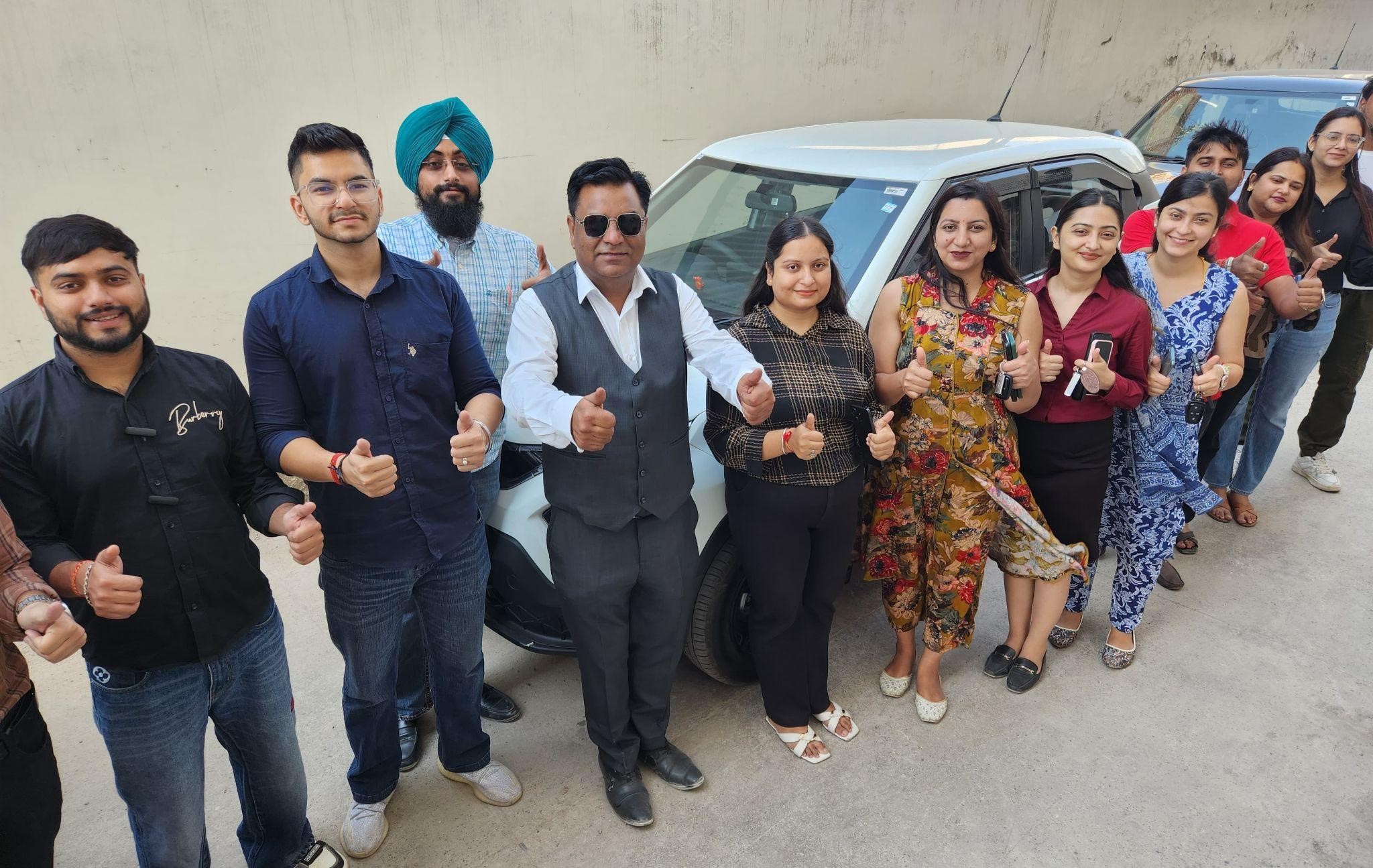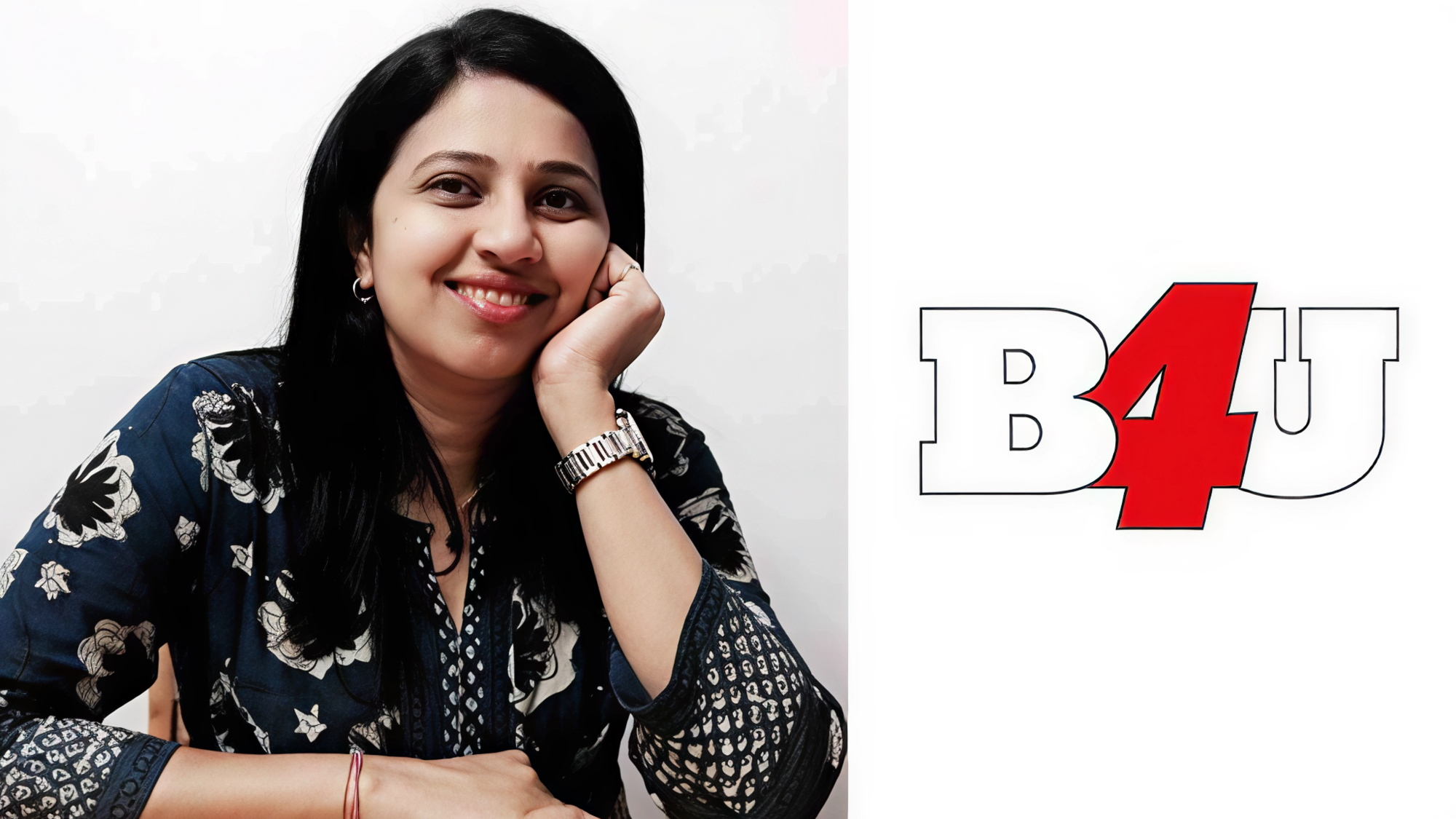Time to turn the page is a simple line when you have not managed a war chest. When your last twelve years include Disney sports ad sales above four hundred million dollars, a cross functional JioStar machine managing more than nine hundred fifty million dollars, and an APAC agency remit of one and a half billion dollars in billings, the page you turn reads like a chapter break for the industry. Kingshuk Mitra has left JioStar and is building an independent venture where creativity meets technology. It is the kind of move that shifts deal tables, resets Q4 coffee calendars, and makes brand teams update their preferred partner lists before the new year.
Why this exit matters sits in the numbers and in the operating style. At Disney he commercialised the IPL and ICC stack with hybrid digital plus TV constructs that brought record packages without killing frequency control. At JioStar he ran a one hundred fifty plus team that touched impact inventory, branded content, measurement, licensing and agency partnerships while keeping a portfolio size that would make most profit and loss sheets sweat. In agencies he took a struggling Philippines unit to fifty percent revenue growth year on year and ran APAC operations at EssenceMediacom to a twenty five percent profit compound growth. That is not a résumé line. That is a playbook.
ADVERTISEMENT
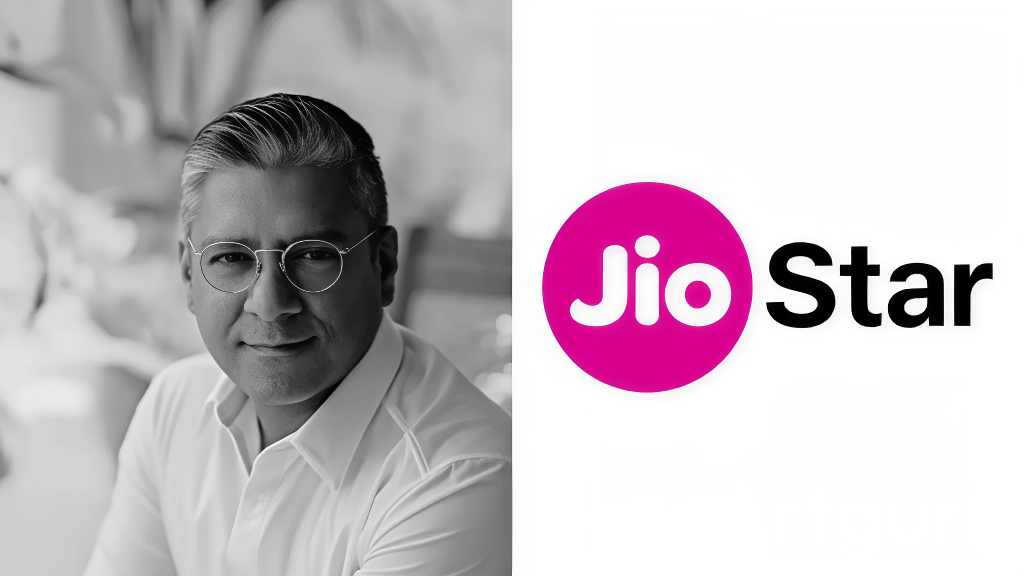
So what does a creativity plus technology venture look like when the founder has lived on both sides of the table. Expect three pillars. The first is productised storytelling. Think creative systems that generate modular assets in hours not weeks across sport, entertainment and live events. The second is performance proof. Not vanity dashboards. Clean incrementality, media mix models that a CFO can sign, and brand lift that does not collapse when the cricket calendar moves. The third is distribution intelligence. Rights aware pipes that decide where a story runs next, which creator carries it, and how many rupees each impression is allowed to spend to earn its keep.
Who calls first. Large advertisers who need speed without chaos. Think telecom, consumer electronics, personal care, auto two wheelers and fintech. They will want a founder led room that can design a national moment in seven days and still guarantee brand safety, rights compliance, and an exit plan when the internet does what the internet does. Sports marketing heads will want a new way to buy tentpoles that blends streaming precision with broadcast scale without bidding wars. Entertainment platforms will look for content and commerce bridges that convert fandom to first party data.
ADVERTISEMENT
What changes for agencies. Nothing if they move fast. Everything if they move slow. A venture that ships creative plus tech with working measurement can be a collaborator as often as a competitor. Agencies that open their stacks and invite joint pitching gain a senior operator who knows how to make complex deals productive. Agencies that stall will see brand CMOs test a direct track and then widen it if the sprint delivers.
Where the build begins. The founding team will likely blend senior creative leads, data scientists who have actually shipped models beyond case studies, sports and entertainment partnerships, and a revenue engine that can package outcome linked deals. Expect a small control room in Mumbai and Bengaluru and a lean pod in the Gulf for regional buys. Hiring tells will show the thesis. If the first ten roles include creative technologists, retail media ops, and privacy first data engineers, the product is real. If the first ten are all sales, it is a studio with a louder microphone.
Signals to watch over the next ninety days. A logo and a promise are table stakes. The real breadcrumbs are early pilots. Look for a festive sprint that blends a live sports property with a commerce event and an influencer stack that reports like paid media. Watch for a measurement partnership that plugs into brand market mix models rather than reinventing the truth. Check for a rights advisory cell around sport and cinema that keeps clients out of trouble when content hops from television to streaming to creator reels.
ADVERTISEMENT
What this could mean for pricing in 2026. If the venture packages creativity with verified outcomes, CPM and CPRP debates fade and cost per lift becomes the default slide. That helps marketers argue for growth budgets in a tight economy. It also forces publishers to compete on clarity and speed, not just inventory.
Risks and reality checks. Building a company is not the same as running a very large portfolio. Cash cycles, product market fit, and talent retention all hit differently when every salary is your salary. The market is crowded with creative shops that say tech and ad tech shops that say creative. To stand out, this venture must ship proofs that a CMO can take to a board without apologising for jargon. Privacy rules are tightening. Rights costs are rising. AI will make average work cheaper and great work more valuable. A creativity plus technology shop must live on the right side of that line.
What a brand team should do today. Make a list of three briefs that have stalled because they were too complex or too fast. Map which of them could be solved by a modular creative pipeline, a rights aware distribution brain, and a transparent measurement spine. If the answer is two out of three, put this venture on your pitch calendar with a tight two week challenge and a real budget. If the answer is zero, you already have your partner.
Closing thought. Markets reward operators who have seen the full loop. Media seller. Agency operator. Platform partner. If Kingshuk Mitra brings that loop into a focused product, the Indian ad market gets a new operator class. Not another vendor. A builder.
Follow Marketing Moves on Instagram and Facebook for senior operator interviews, pitch ready brief templates and case study breakdowns that you can drop straight into Q4 decks.

